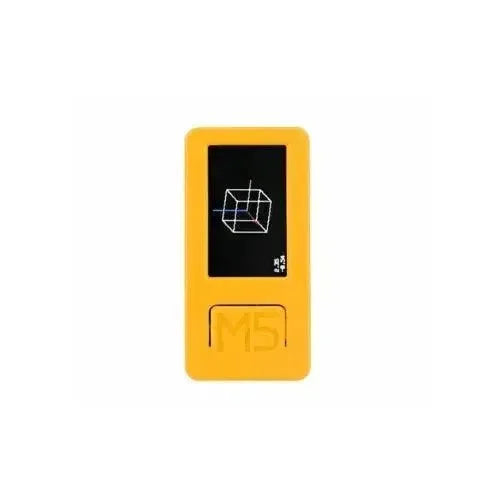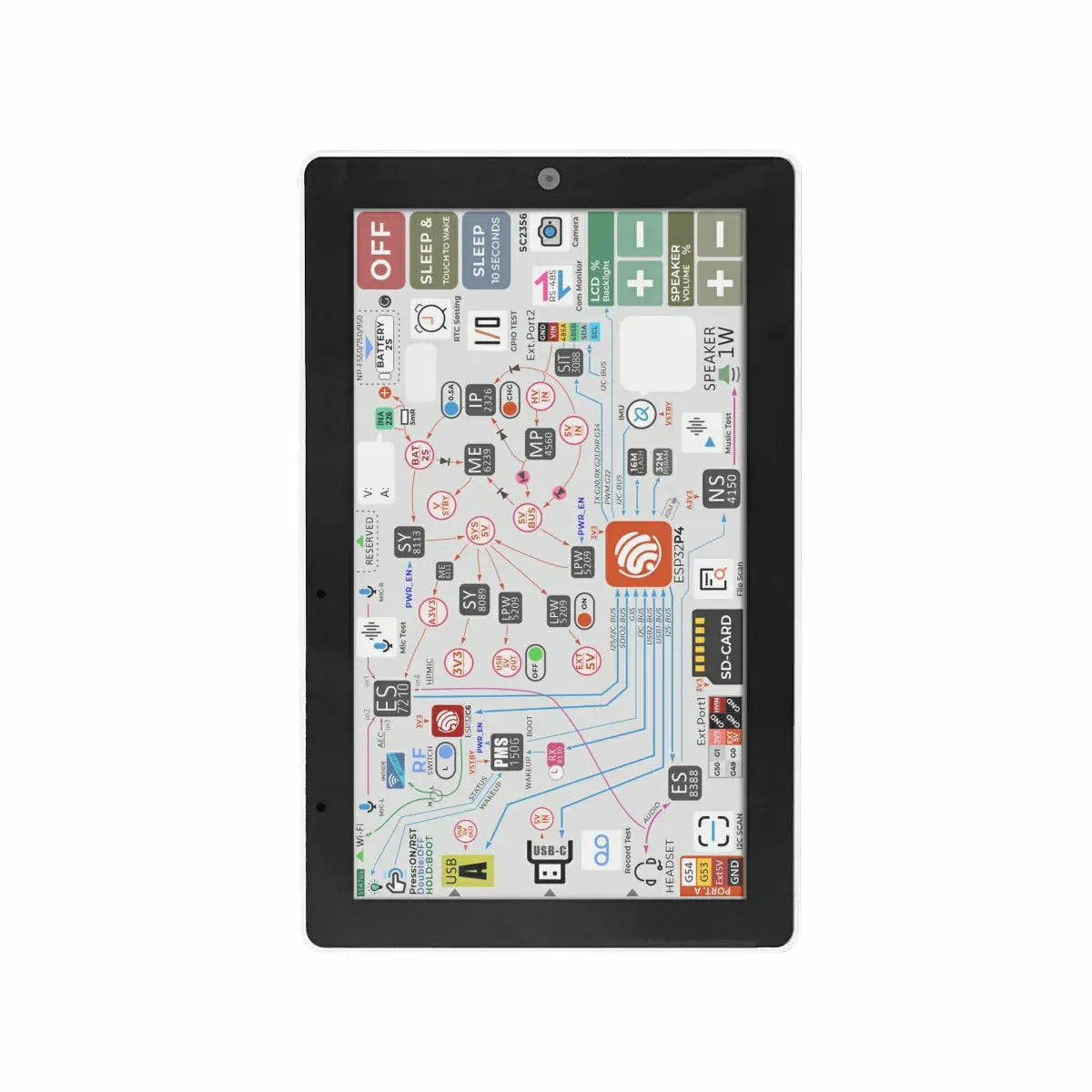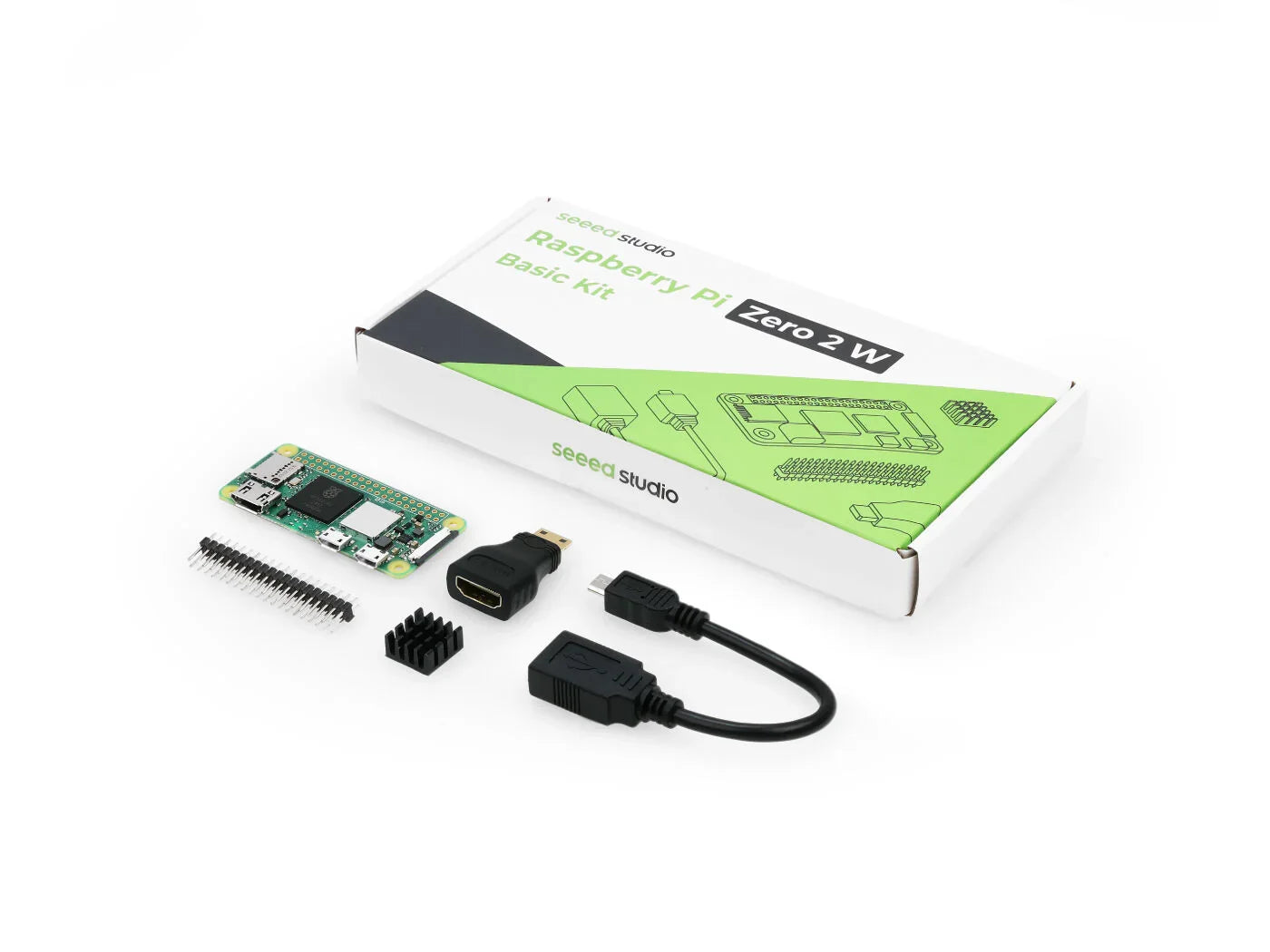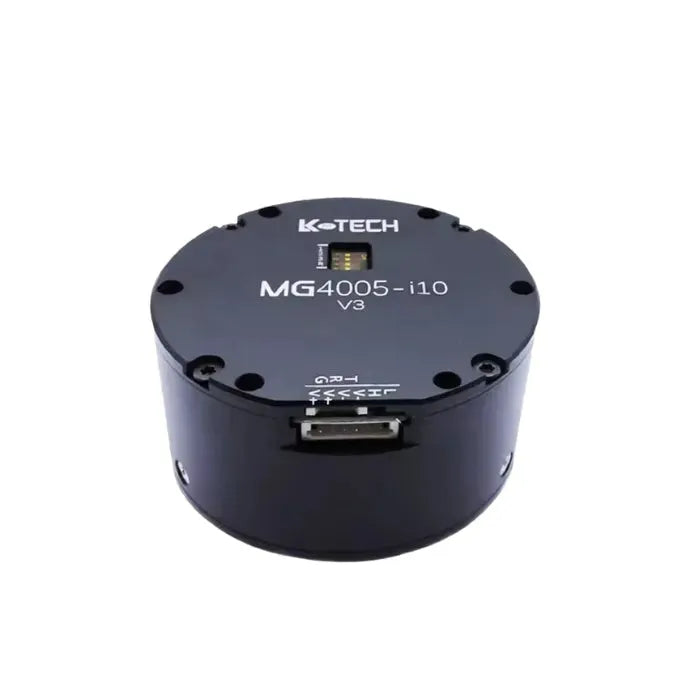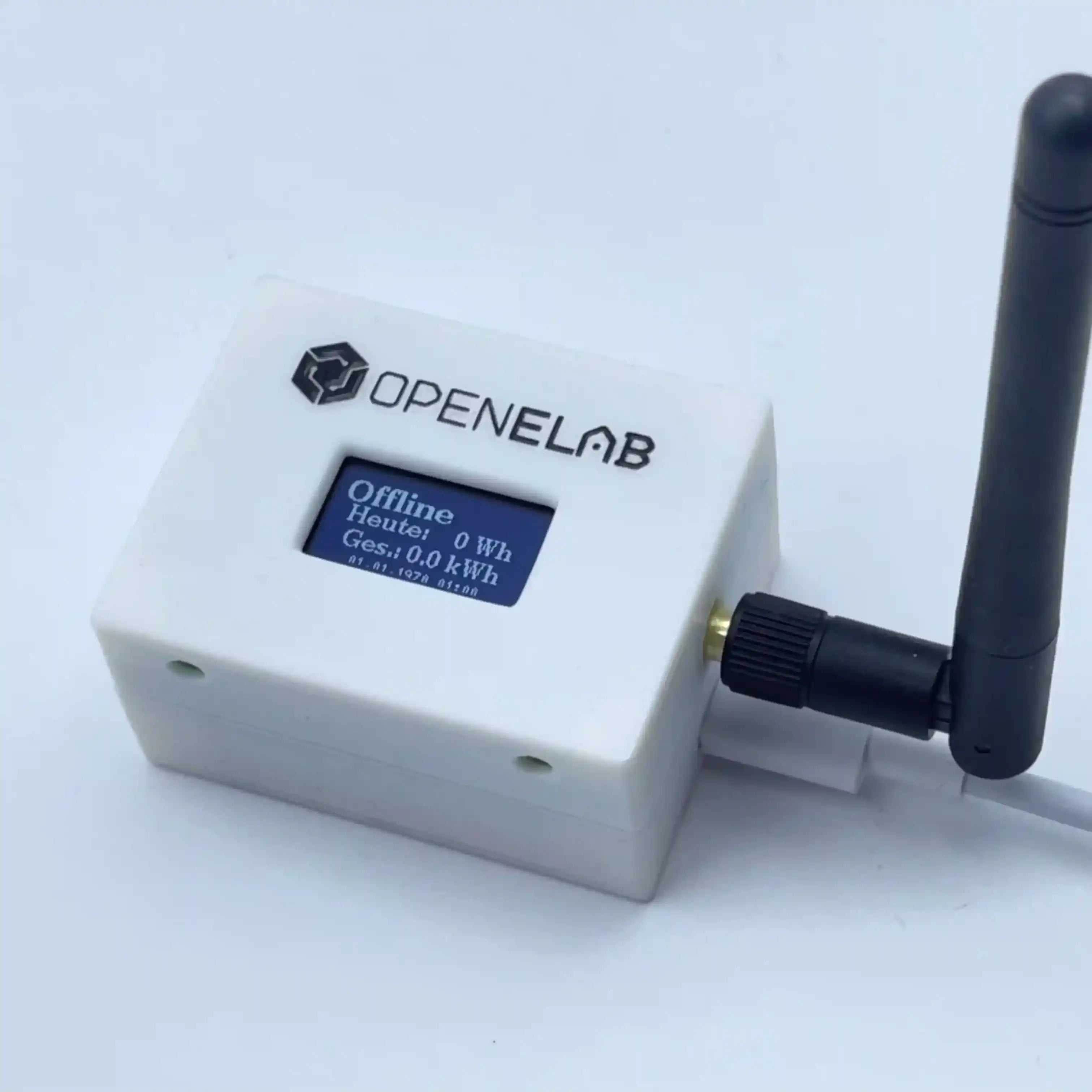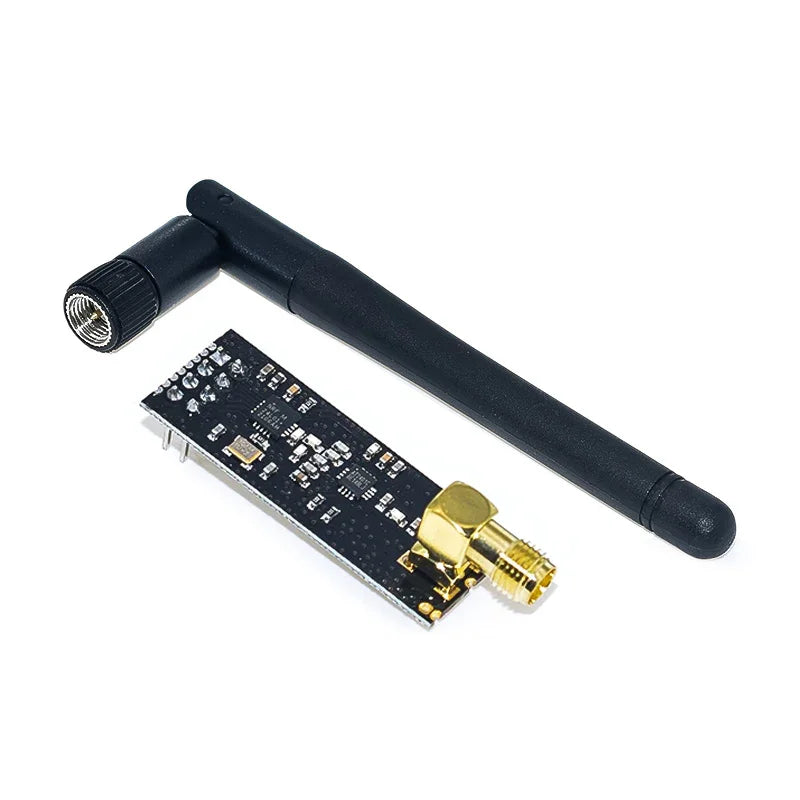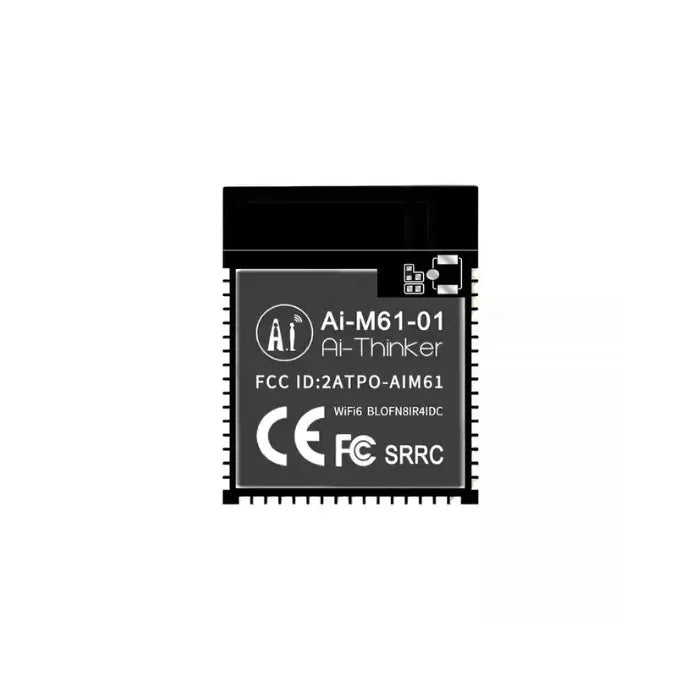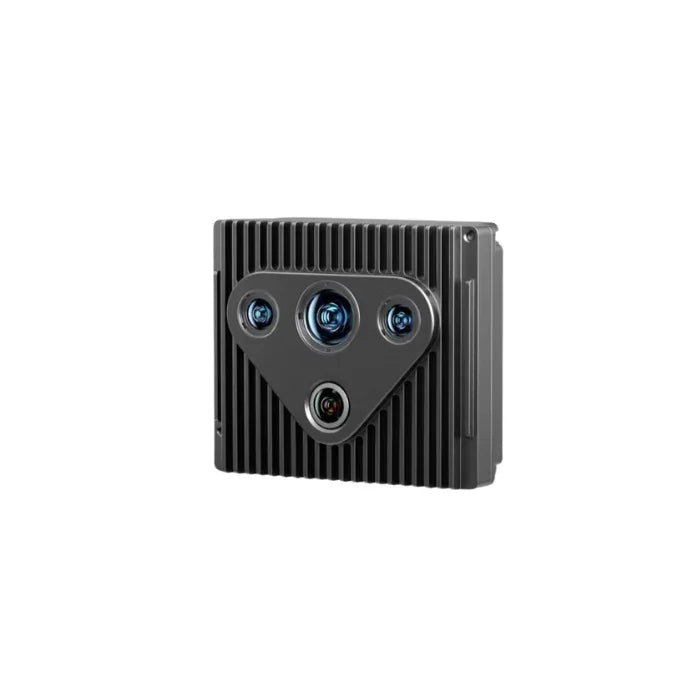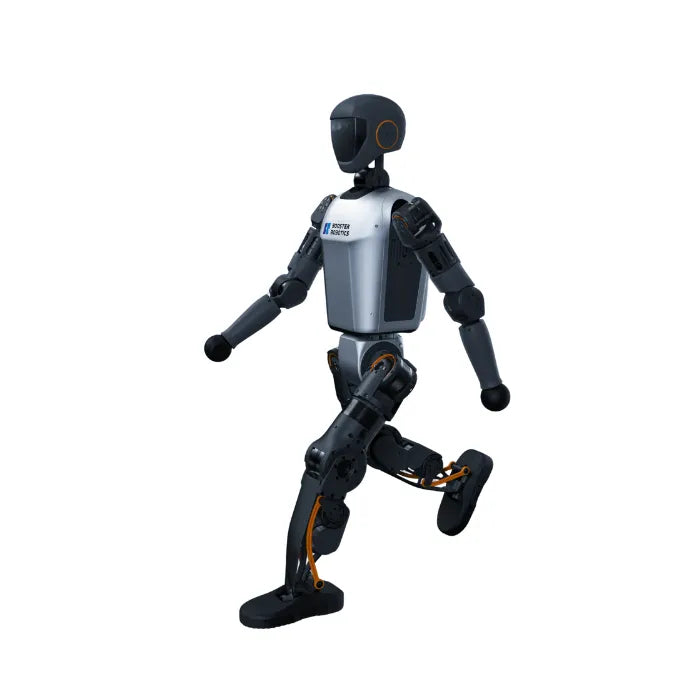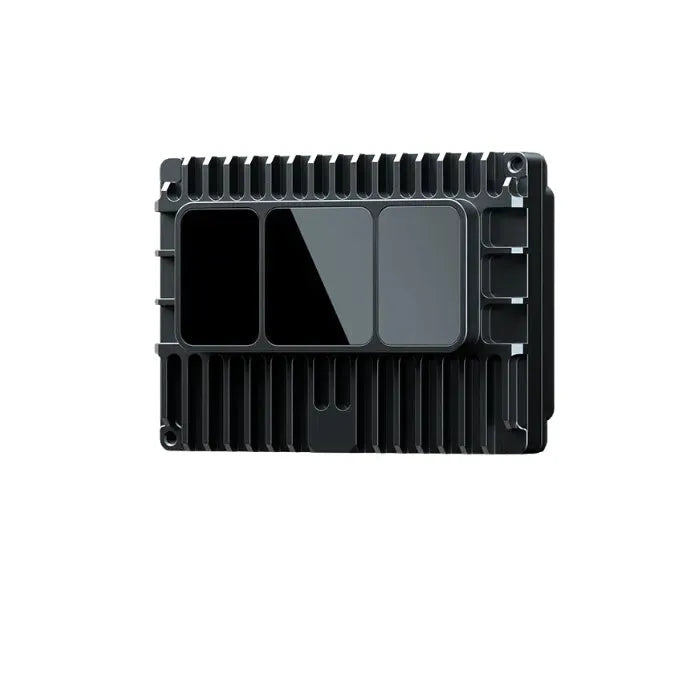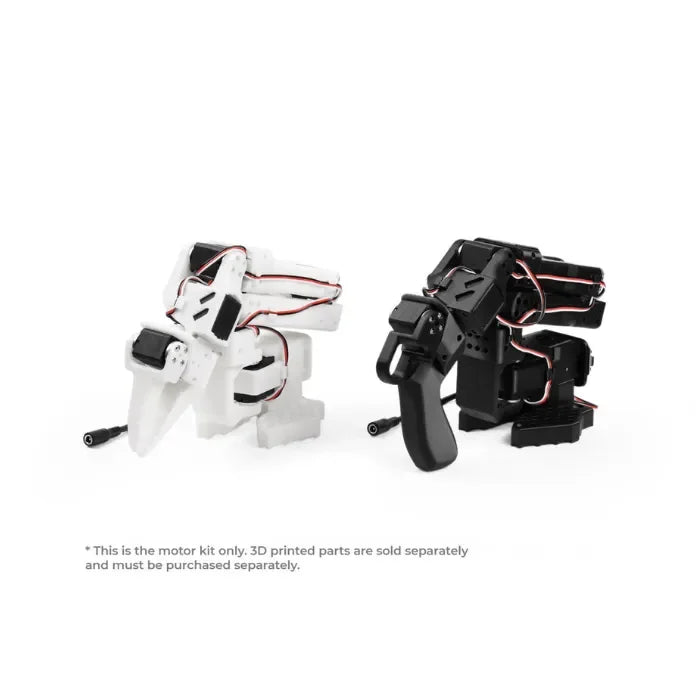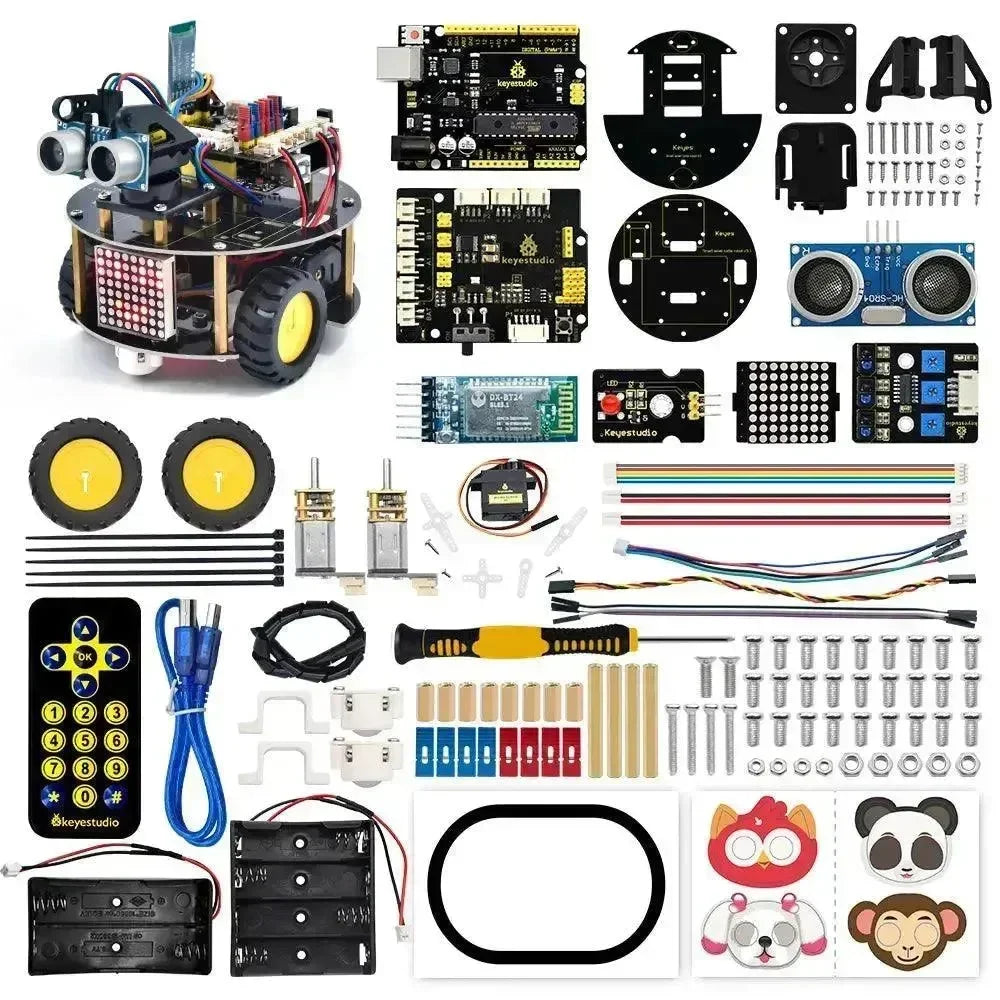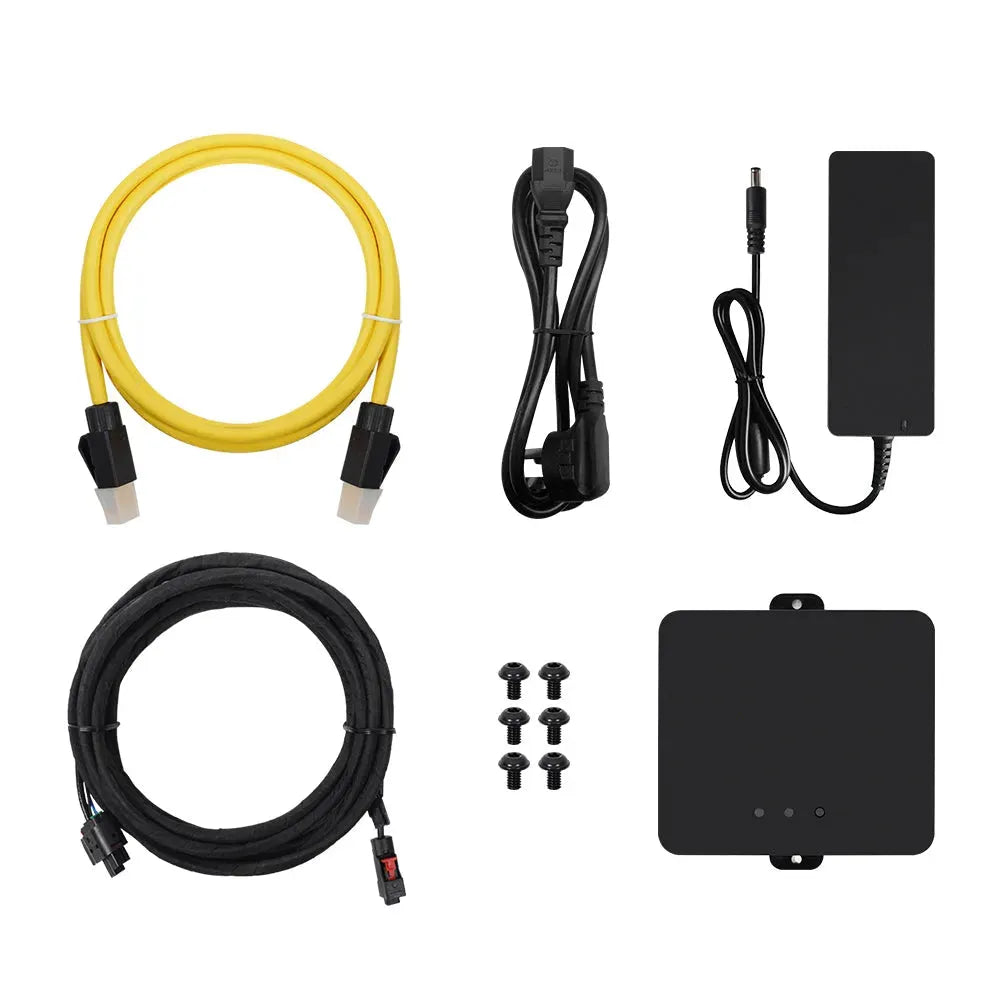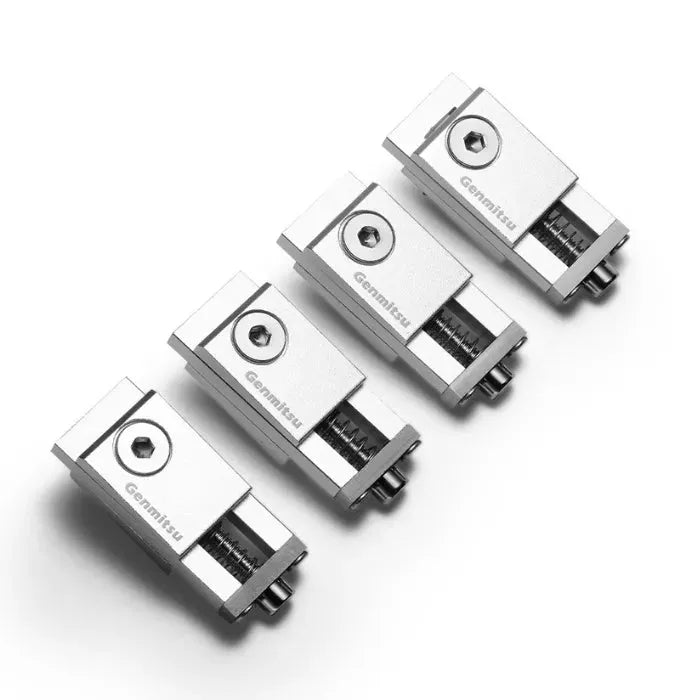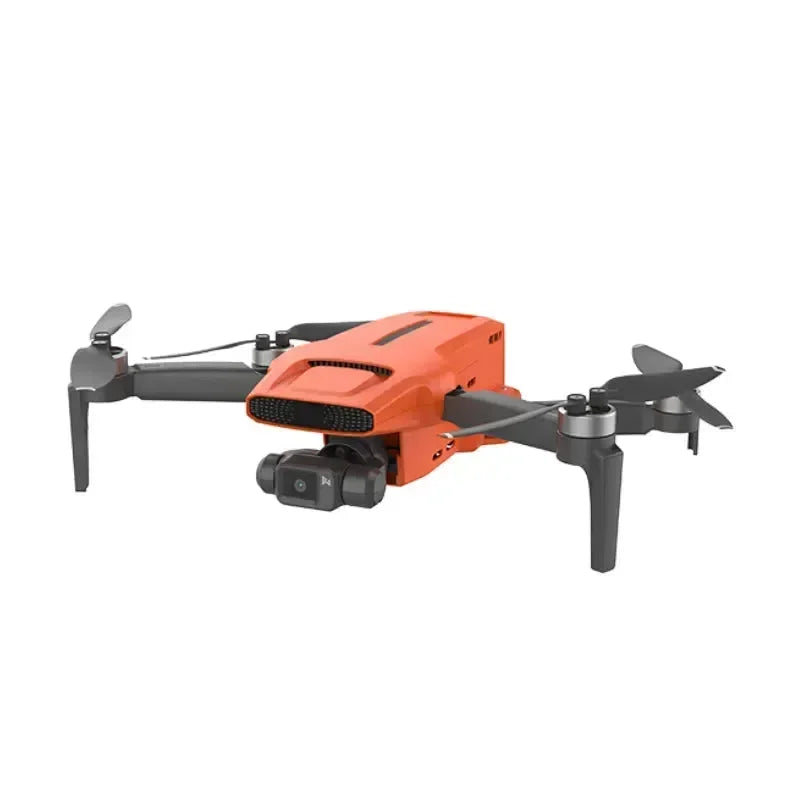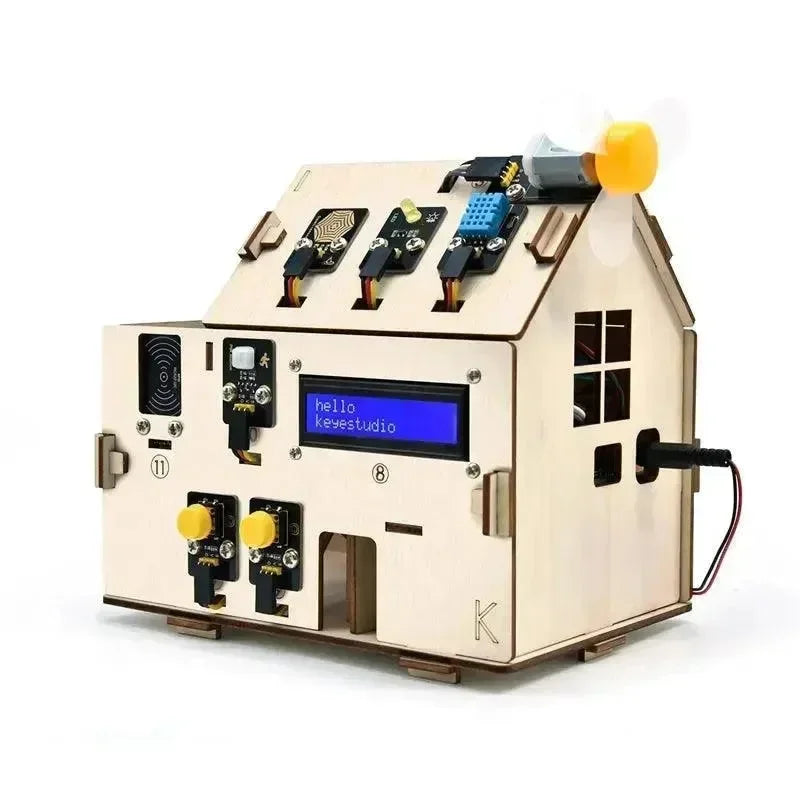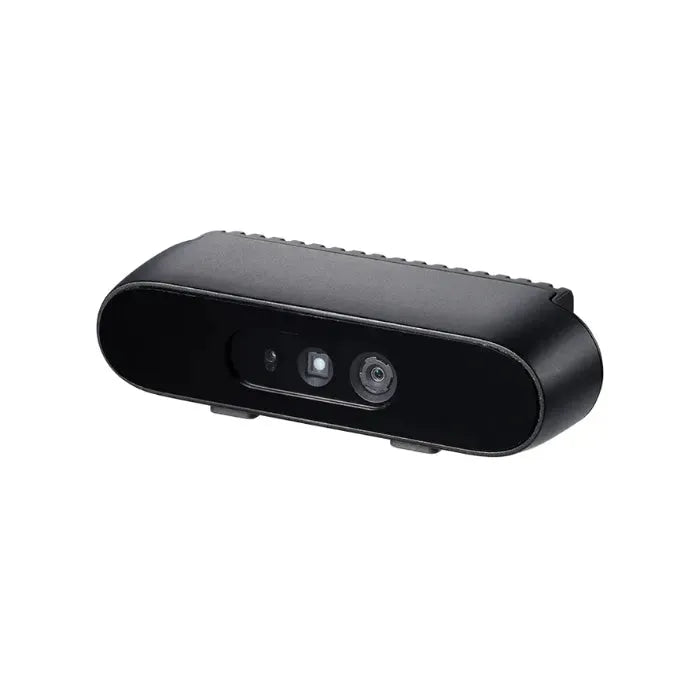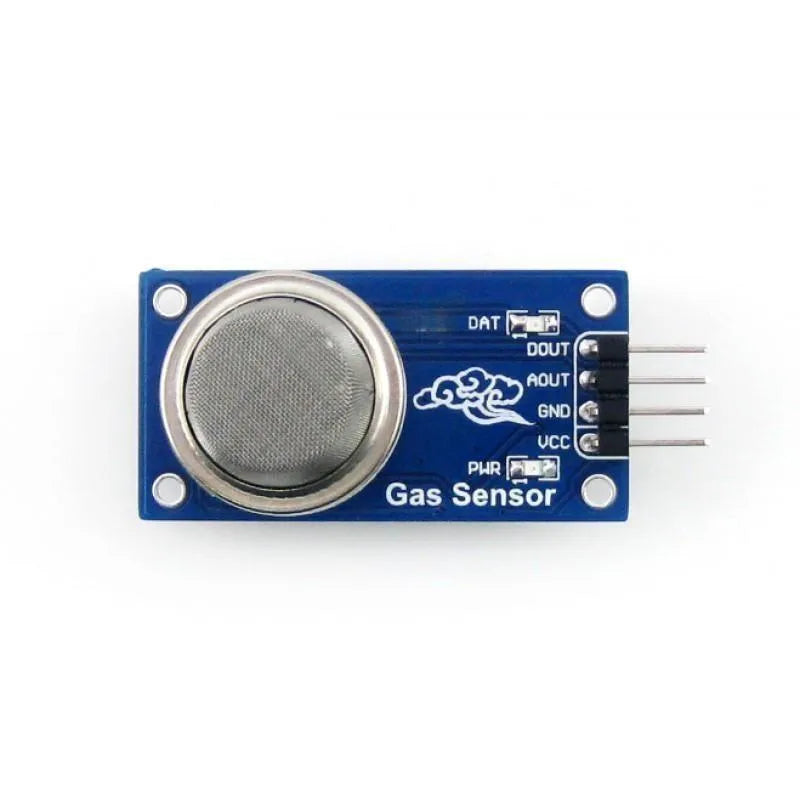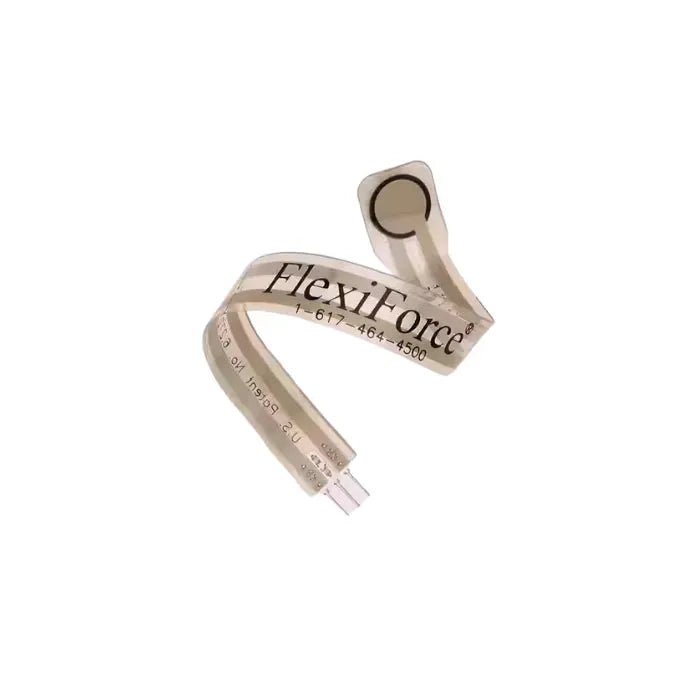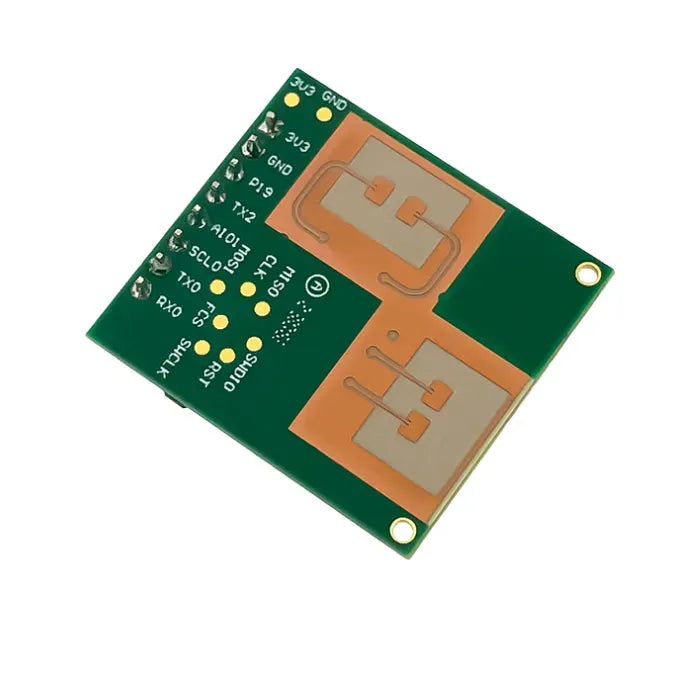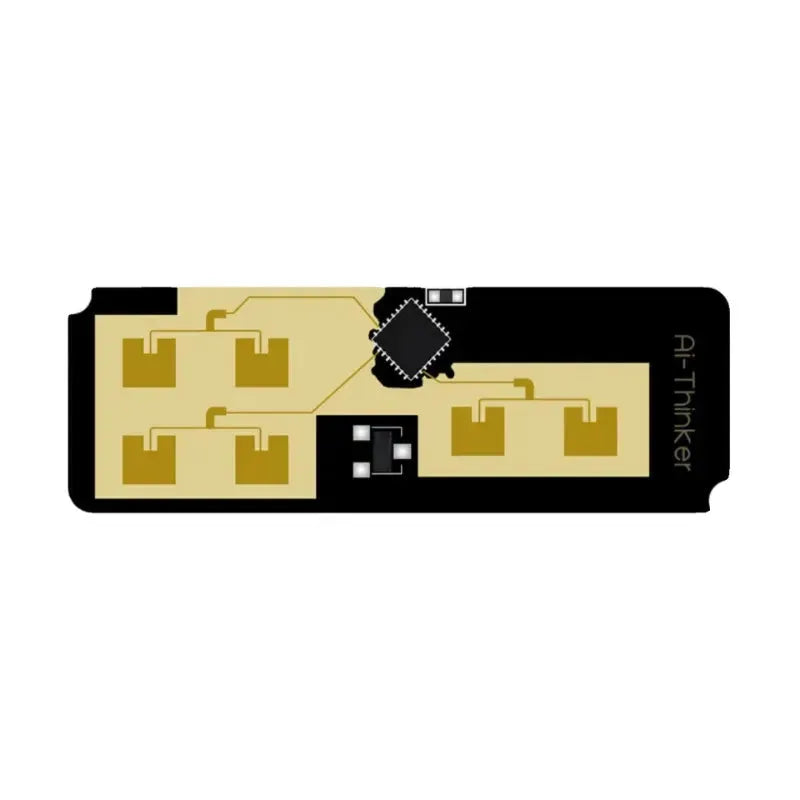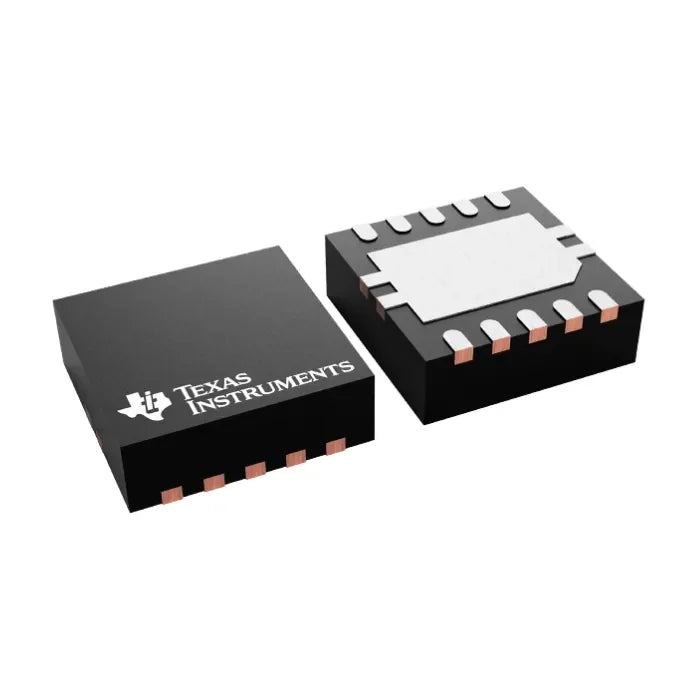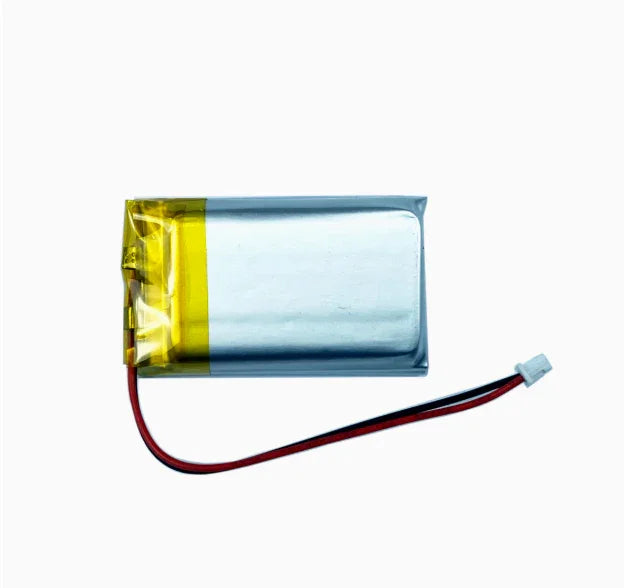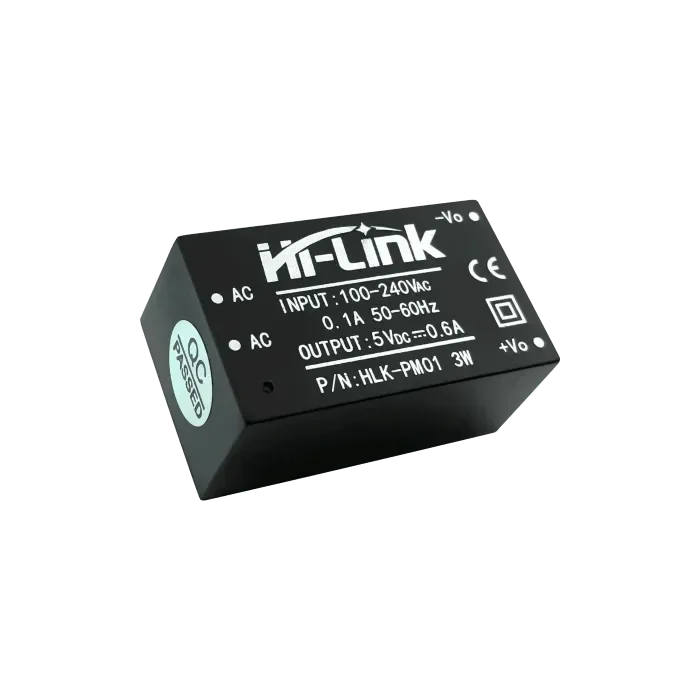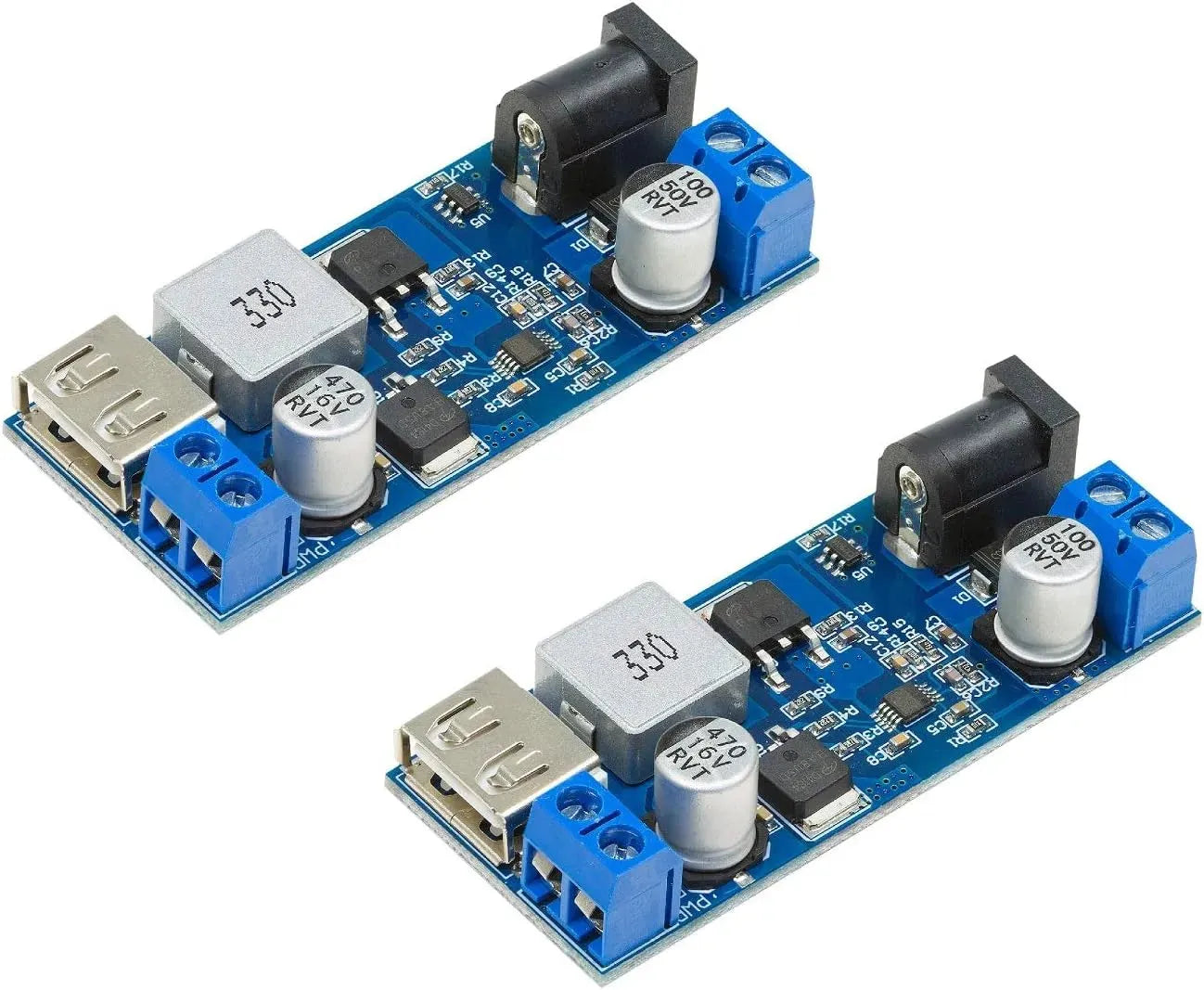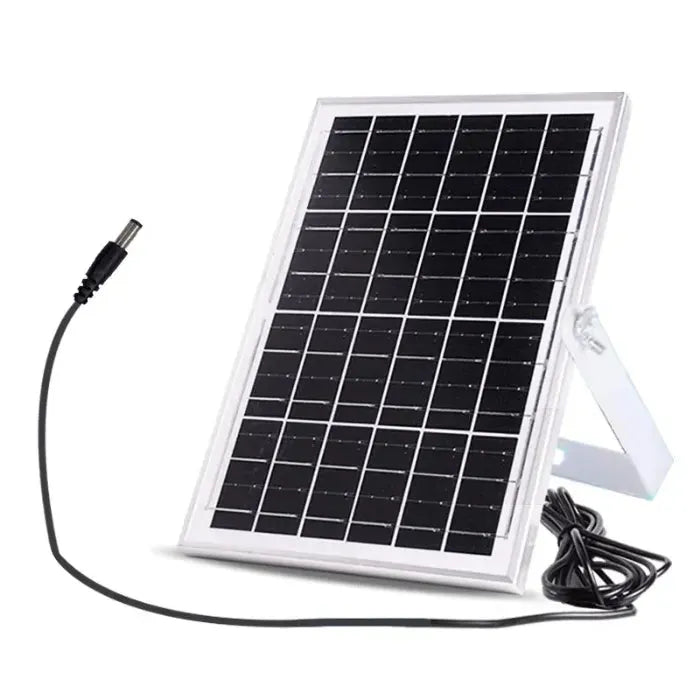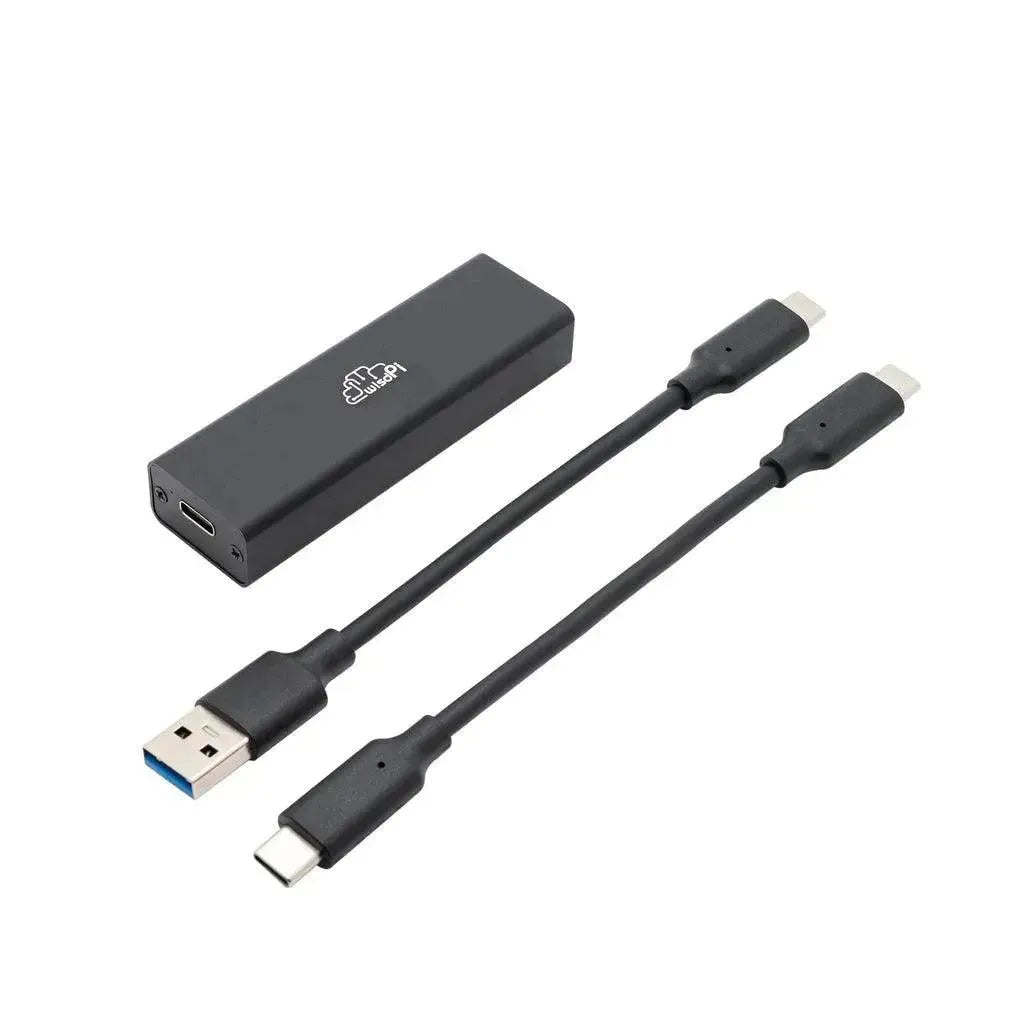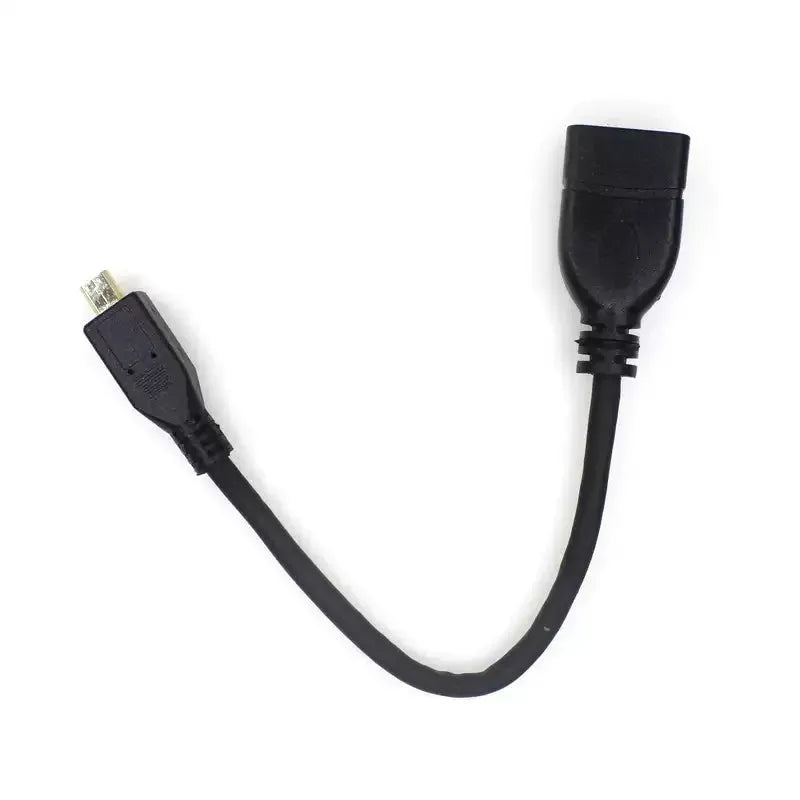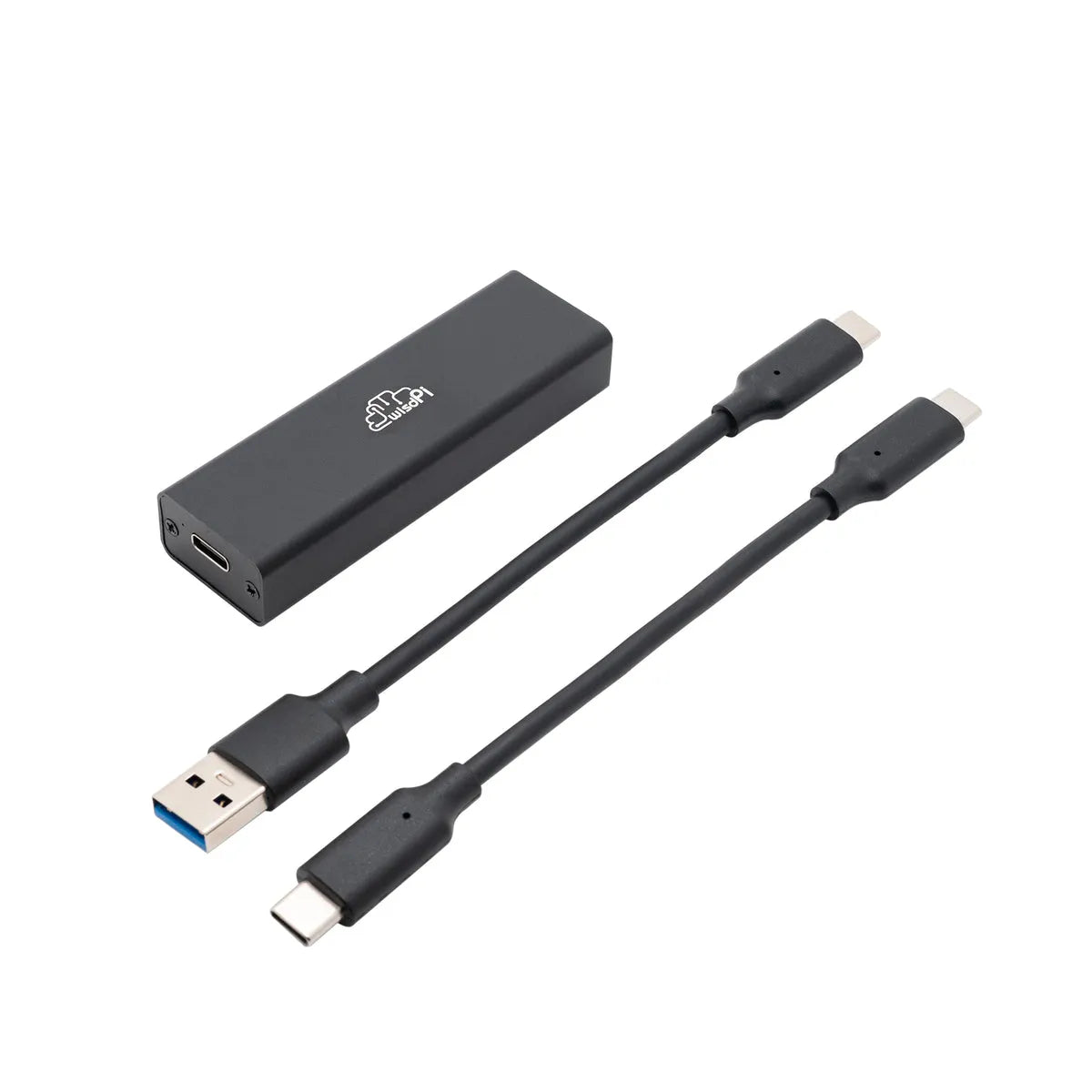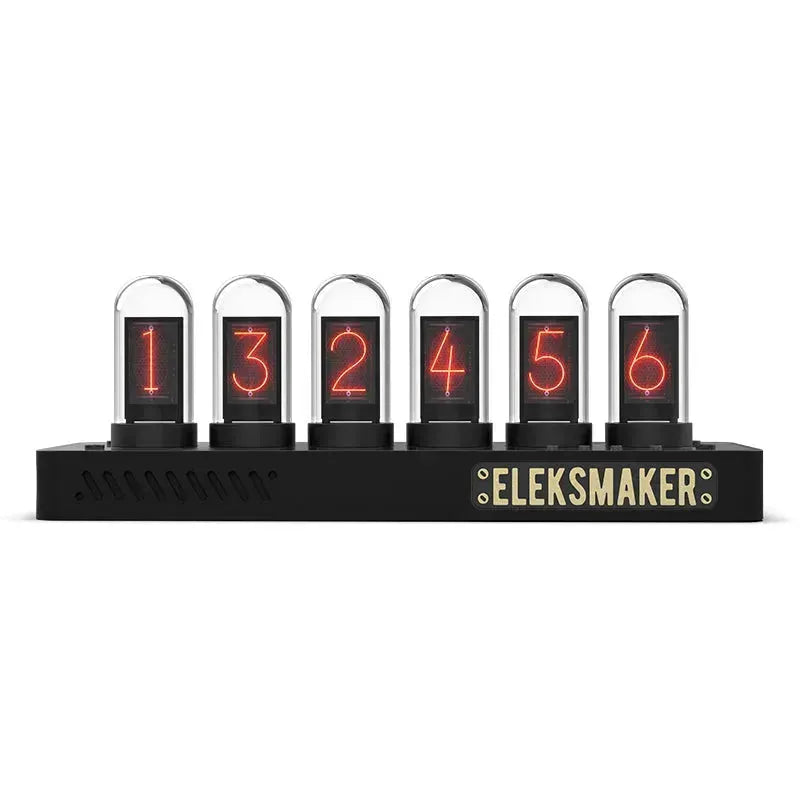
Humanoid Robot
Multi-joint humanoid platform for education, R&D, and human–robot interaction.
LiDAR
High-precision laser sensing for mapping, navigation, and obstacle detection.
Motor
High-torque drive units delivering stable power and precise motion control.
Camera
High-definition vision capture for recognition, positioning, and monitoring.
Servo
Precision actuators enabling smooth, controlled joint and component movement.
Robotic FAQ
What is a humanoid robot?
A humanoid robot is a machine designed to resemble and mimic aspects of human form and movement. Many are used in research, education, and human–robot interaction studies, often featuring sensors, actuators, and AI for perception and control.
What is LiDAR and how is it used in robotics?
LiDAR (Light Detection and Ranging) is a remote‑sensing technology that uses laser pulses to measure distances. In robotics, it is commonly used for mapping environments, obstacle detection, and navigation in autonomous systems.
What role do servos and motors play in a robot?
Motors provide the power to move parts of a robot, while servos offer precise control of position and speed for joints or mechanisms. They are essential for locomotion, manipulation, and articulation in robotic systems.
What is SLAM in robotics?
SLAM (Simultaneous Localization and Mapping) is a process that enables a robot to build a map of an unknown environment while keeping track of its own location within that map, often using sensors like LiDAR or cameras.

